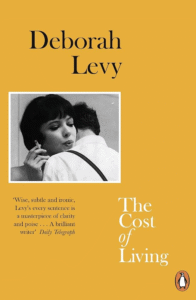The Immersive Power of Fiction: Stepping into Another World

Vivid Descriptions and Sensory Details
Fiction books often employ vivid descriptions and sensory details to create a tangible world that the reader can visualize. By painting pictures of the setting, characters’ appearances, and actions, authors engage the reader’s senses, making them feel physically present in the story.
Engaging Dialogue
Authors use dialogue to bring characters to life and make them seem real. Through conversations, readers can hear the characters’ thoughts, feelings, and perspectives. This allows readers to connect with the characters on a personal level, empathizing with their experiences and understanding their motivations.
Relatable Characters
Relatable characters play a crucial role in immersing readers in a story. When readers can identify with a character’s struggles, fears, or aspirations, they are more likely to feel a strong connection to the story. This emotional connection can make readers feel as if they are experiencing the events of the story firsthand.
Exploration of Different Time Periods and Settings
Fiction books can transport readers to different time periods and settings. By exploring historical events or imagining futuristic worlds, authors can broaden readers’ horizons and expose them to new perspectives. This can be particularly powerful for young readers, who may be limited by their own experiences.
Fiction books have the power to immerse readers in entirely different worlds and make them feel like characters within those stories. Through vivid descriptions, engaging dialogue, relatable characters, and exploration of different time periods and settings, authors can create a truly immersive reading experience. By stepping into the shoes of fictional characters, readers can gain new insights, expand their horizons, and experience the world in a whole new way.




















